CC has told the Nissan Exa’s story before; here it is again from the JDM perspective – it was pretty different in Japan, and not just because the steering wheel was on the other side. In October 1986, Nissan launched the Pulsar-based Exa at the Tokyo Motor Show and the crowd went “Ooooh! What a cool concept! A coupé that could be turned into a shooting brake and a convertible? Where do we sign?”
It was the height of the ‘80s economic boom, people were looking for something sporty, exotic and innovative and Nissan came through with the modular embodiment of that. But there would be a major snag, and that was the fact that Japanese authorities were as conservative as could be.
Actually, this is a well-known trait of Japanese society as a whole: the never-ending dichotomy between the sombre, straight-laced, Bushido-driven über-traditional side of the culture, balanced by its obverse half’s outward-looking, progressive and pleasure-seeking nature. Sometimes, this can have an impact on carmakers – even domestic ones who know what the rules are.
The first-generation Pulsar Exa came out in 1982 as a nifty little coupé (and a small run of convertibles). It did well enough for Nissan to plan for a successor, but they wanted something a bit more enticing than a plain old two-door notchback.
The new Exa, as it was known on the JDM (the Pulsar name was ditched on this generation), was to be a three-in-one deal: coupé, shooting brake and T-top convertible. The car had been designed by Koichiro Kawamura of Nissan Design International, the carmaker’s California-based studio. The rear window / boot panel could be replaced by a “sportback” top or omitted altogether. If nothing else, it was a fun and novel idea.
However, the rather rigid Japanese regulatory authorities from the Ministry of Transport were not in agreement with such shape-shifting shenanigans. As far as they were concerned, a car could not be so drastically changed. The Exa would therefore be sold as either a “box-shaped” coupé or a “station wagon-shaped” (known as “canopy” in Japanese brochures) brake, as indicated on the vehicle inspection certificate, but switching from one to the other was illegal.
Oddly enough, the fact that both variants could be turned into a T-top convertible did not seem to be an issue for the bureaucrats. However, because the two rooflines had to remain separate, the hinges on the two styles of rear panel were purposefully made to be incompatible. If you bought one, you couldn’t try to fit the other afterward.
Japanese market Exas were only fitted with one engine: a 1598cc DOHC 16-valve 4-cyl. producing 120hp. Overseas, where the Exa was sometimes known as the Pulsar NX, two other options were on offer: a different 1.6 litre 4-cyl. (SOHC, 8-valve, 91hp) and a 1.8 litre version of the JDM engine producing 127hp.
The interior was designed by Nissan’s Yokohama bureau – very tastefully done it was, too. Just like the Mitsubishi we saw last week, Nissan were evidently in the midst of a “no stalks” phase.
Aside from that stalkless dash, Max Headroom and leg warmers, is there anything more quintessentially ‘80s than that rear light cluster?
JDM cars were sold until August 1990, whereas overseas markets carried on into 1991. I have no global sales data for this generation Exa, but on the Japanese market, Nissan only manages to shift a little over 10k units in four years. That’s called a flop, and it was entirely due to the car’s modular design being legally dead on arrival. There was plenty of hype and excitement when Nissan launched the car, which made the let-down of having to pick one version or the other all the more disappointing.
There has been a lot of discussion on CC about US regulations (5mph bumpers, CAFE and the like) and their detrimental effect on cars – or, to put it another way, the ineptitude of certain carmakers to adapt their products to a new regulatory framework. Rest assured, the Japanese carmakers were also having to jump through their fair share of bureaucratic hoops as well. Relations between government and industry are a little more cordial in Japan than they usually are in the US, but some clashes do take place from time to time. This is why, sometimes, we can’t have nice things. Or the Exa.
Related posts:
Curbside Classic Capsule: 1987 Nissan Pulsar NX Sportbak – Ask And You Shall Receive, by PN
Curbside Classic: 1989 Nissan Pulsar NX XE – Beautiful Shapeshifter, by Joseph Dennis
Cohort Outtake: When Was the Last Time You Saw a Nissan Pulsar With the Sportback?, by PN
CC Outtake: 1987-90 Nissan Pulsar NX – When Nissan Made Small Coupes, by William Stopford















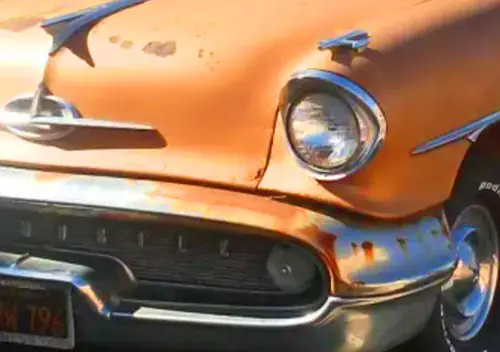
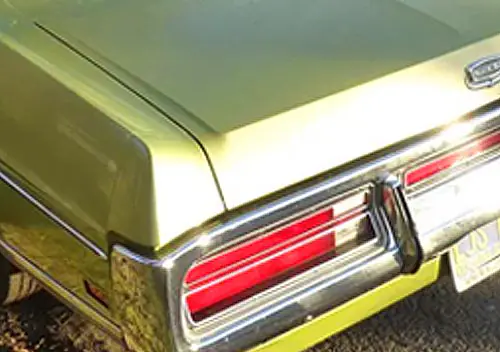



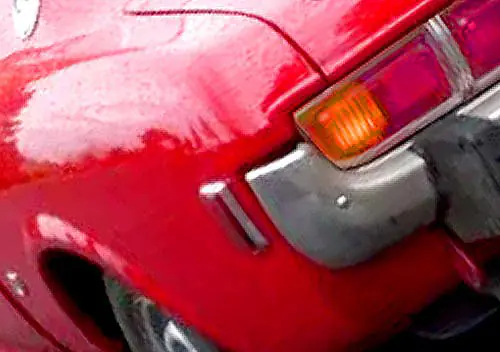

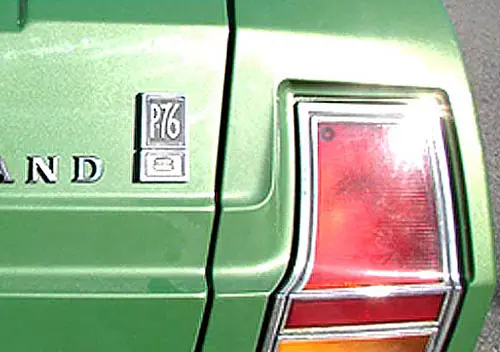
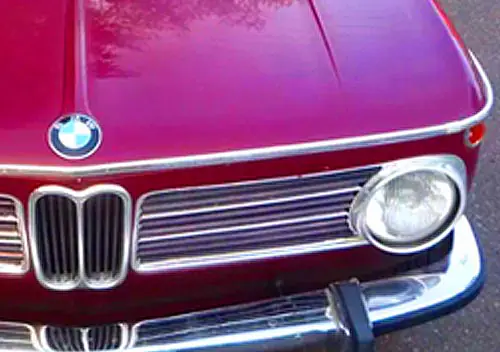



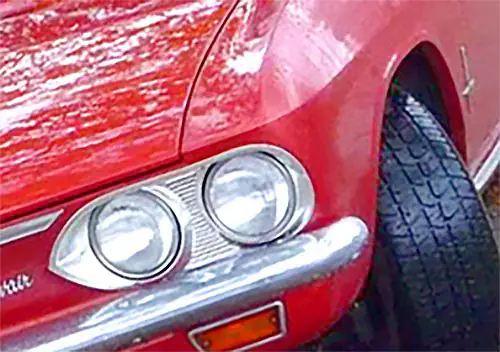
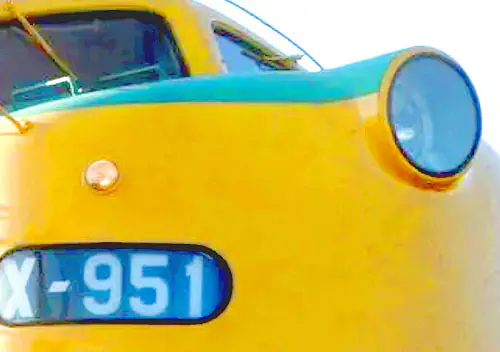
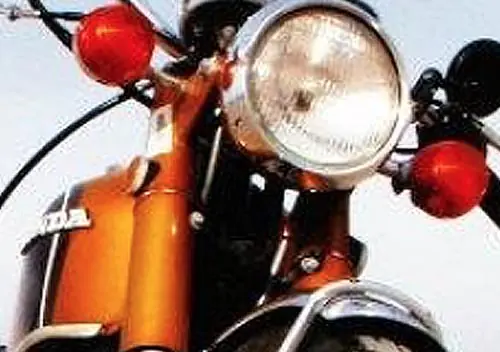
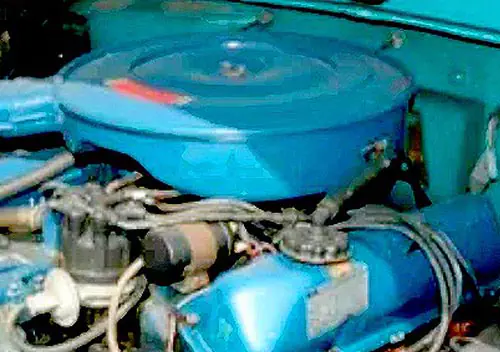



Thank you for this side of the Pulsar’s story… It’s true now how obscure these remain even after many other contemporary JDM cars have had their day in the sun especially after hitting the 25 year import age.
To put it in erspective, THoyota Sera, as another limited production concept fantasy toy, outsold these in Japan over their 6 yea run.
These were common enough in Socal of the era, and remain quite decent-looking to this day, the stance and overall spatial relationships work quite well to make it look fairly solid and planted.
While I’ve seen both variants and knew someone that owned one, I’m not aware of anyone over here either that had both, nor have I ever seen one without one of the rears on it altogether. Most people don’t have the space to store the other one (or ANY one) if it’s not on the car, the same problem that befalls a lot of convertibles that are (in some generations) sold with a removeable hard top (Mercedes SL, Porsche 911, etc) – the tops are often remarkably cheap to buy used as people want to get rid of them.
That blue color was very common, the red as well, I can’t offhand recall seeing other colors though. It was a very crowded space in the market at the time, with oodles of other 2+2 coupes available, even from Nissan itself (Sentra Coupe, 240SX).
So true about removable hardtops. I bought one for my 2002 911 Cabriolet, without giving a lot of thought to storage. Mind you, I had owned the 911 for a decade without a hardtop and got along just fine, but this one was cheap. But it turned out that the homemade rolling storage cart it came with was a terrible design, so I spent several weeks rigging up and perfecting a nifty overhead crank and pulley arrangement in my garage. Now the hardtop hangs from the garage ceiling where it’s out of way and I can install it by myself. But I’ve never bothered.
Near as I can tell, in the US they were all sold with the liftback, and the wagonback was sold as a dealer accessory. They were expensive, too. Starting at $11,500, when a base Sentra could be had for $6500, they must have been a tough sell. Two years later (1990) Mazda would introduce the Miata for a lower MSRP than the NX.
I think that pricing may be incorrect, the Miata started at $13800 according to Car and Driver while the Pulsar NX was around $12300 for 1990. Pretty much zero chance of finding a Miata at that price for quite some time, too. The Pulsar was bumping up against the 240sx though which was just under $13k (base), I suppose a bit of a different market segment (semi-convertible?) as with the Sentra as well.
You’re correct, Jim. I went back to my source material and the 1990 NX was indeed $1500 less than an MX-5.
The NX was part of a popular trend of the era, of designing a “sporty” body to drape over the base econobox mechanical bits, i.e. Honda CRX, Toyota Paseo, etc. Of course, the idea dates back to the first Volkswagen Karmann-Ghia!
The idea goes back to MGs being a sporty Morris Minor in the 30s.
Not entirely sure where your average Japanese customer would have kept the other roof? It would mean a house with proper parking so reducing the potential customer base unless the dealer would look after it – which I doubt, for space reasons. Methinks someone didn’t really think it all through…Good idea though despite that.
Some clarification off the top of my head:
For the US market at least, the 1987 models had either a 70hp E16i or the 113hp Twincam CA16DE. The larger 130hp CA18DE came in for 1988, and in 1989 the base engine became the 90hp GA16i (the Sentra also received this engine with its 1989 refresh). The Twincam was dropped for 1990.
I bought a red ’87 twincam in Michigan in the early 2000’s with the notchback. A few years later, I saw someone on CL selling the wagon back for $300, and drove out to Chicago to get it. I was able to swap out the backs on the spot and, and with a bit of manoeuvering returned home with both. The newly spacious cargo area even fully latched closed! Drove it for six years, and never switched back to the original style. Still have the car today. It looks good, but Midwestern winters have not been kind to the underbody….
I like the rarity of the domestic RHD version .
I remember reading an advert where they said your selling dealer would store your other top for you…..
I can’t imagine that being a good thing .
As stated, it’s _SO_ 80’s and that’s a good thing indeed .
-Nate
Was it just in Japan that the two hatches couldn’t be interchanged? I don’t recall that being an issue when they were sold here.
CC effect: there’s a green wagon-back up the road from us, I pass it each time I go to town. Gets used daily too, always makes me smile seeing it out and about!